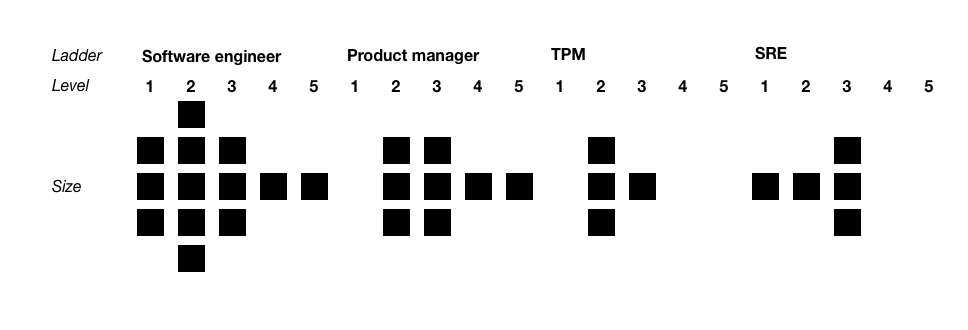Once you become an engineering executive, an invisible timer starts ticking in the background. Tick tick tick. At some point that timer will go off, at which point someone will rush up to you demanding an engineering strategy. It won’t be clear what they mean, but they will want it, really, really badly. If we just had an engineering strategy, their eyes will implore you, things would be okay. For a long time, those imploring eyes haunted me, because I simply didn’t know what to give them...| lethain.com
Folks are sometimes surprised to learn that I started out working as a frontend engineer. I’d like to imagine it’s because I’m so terribly knowledgeable about infrastructure, but I suspect it’s mostly grounded in my unconscionably poor design aesthetic. Something that has stuck with me from that experience was feeling treated as a second-tier engineer: folks were unwilling to do any frontend work, but were careful to categorize it as trivial.| lethain.com
I’ve come to believe that most organizational design questions can be answered by recursively applying a framework for sizing teams. Over the past year I’ve refined my approach to team sizing into a bit of a framework, and even changed my mind on several aspects, especially the viability of small teams. This post describes how I now size teams| lethain.com



